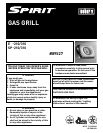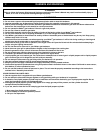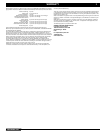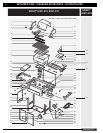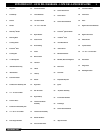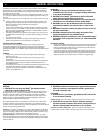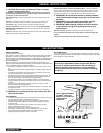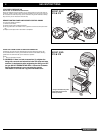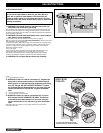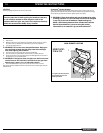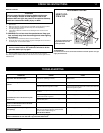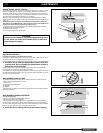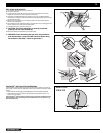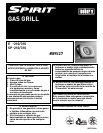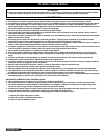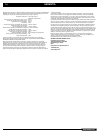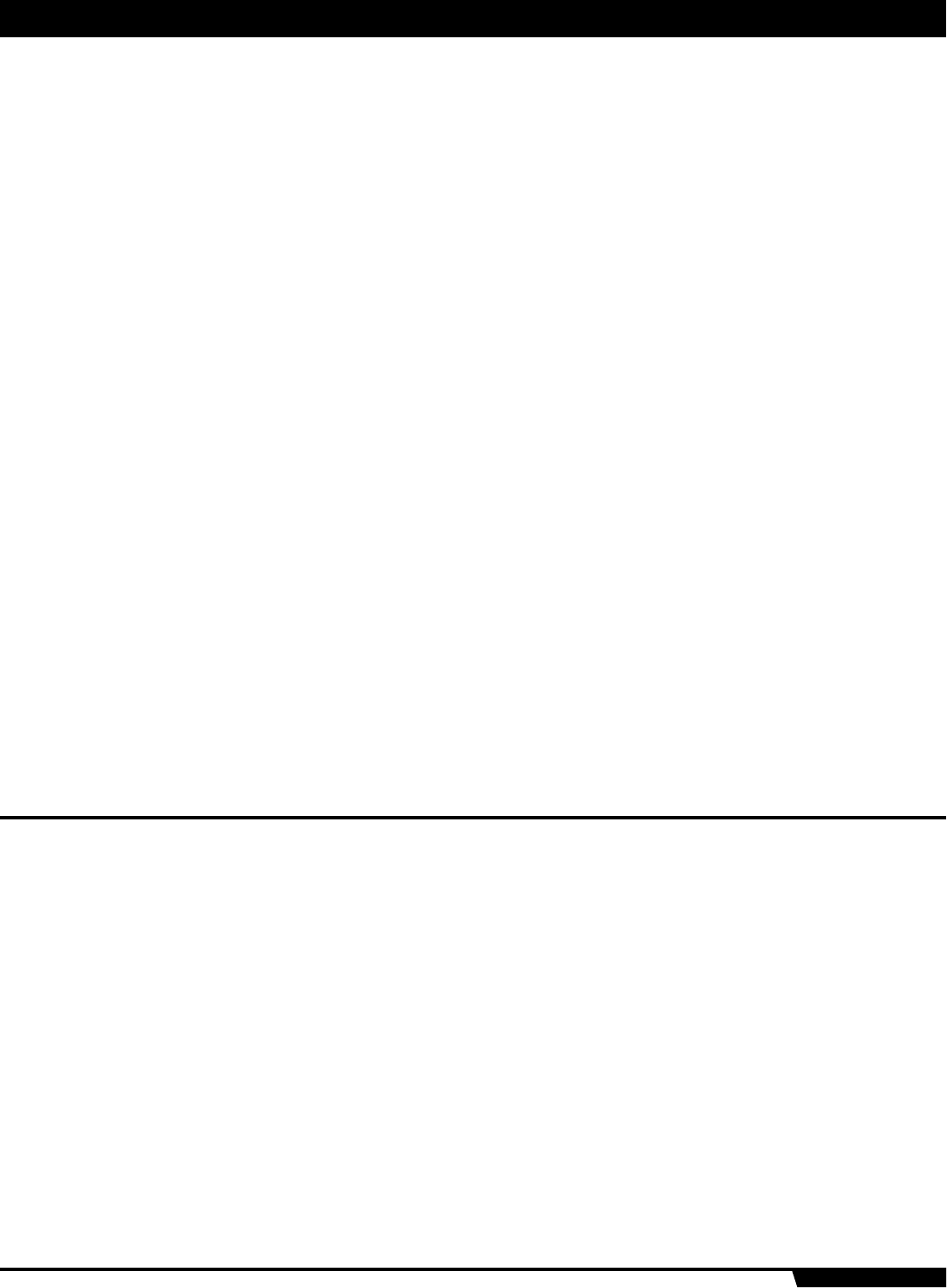
6
WWW.WEBER.COM
®
Your Weber
®
gas barbecue is a portable outdoor cooking appliance. With the Weber
®
gas barbecue you can grill, barbecue, roast and bake with results that are diffi cult to
duplicate with indoor kitchen appliances. The closed lid and Flavorizer
®
bars produce
that “outdoor” fl avor in the food.
The Weber
®
gas barbecue is portable so you can easily change its location in your yard
or on your patio. Portability means you can take your Weber
®
gas barbecue with you if
you move.
The natural gas supply is easy to use and gives you more cooking control than charcoal
fuel.
• These instructions will give you the minimum requirements for assembling your
Weber
®
gas barbecue. Please read the instructions carefully before using your
Weber
®
gas barbecue. Improper assembly can be dangerous.
• Not for use by children.
• If there are local codes that apply to portable gas grills, you will have to conform
to them. If there are no local codes, you must conform to the latest edition of the
National Fuel Gas Code: ANSI Z 223.1/NFPA 54, or CAN/CGA-B149.1, Natural
Gas and Propane Installation Code.
• This Weber
®
gas barbecue is designed for natural (piped in city) gas only. Do not
use liquid propane (LP) bottled gas. The valves, orifi ces and hose are for natural
gas only.
• Do not use with charcoal fuel.
• Check that the area under the control panel and the bottom tray are free from
debris that might obstruct the fl ow of combustion or ventilation air.
FOR INSTALLATION IN CANADA
These instructions, while generally acceptable, do not necessarily comply with
the Canadian Installation codes, particularly with piping above and below ground.
In Canada the installation of this appliance must comply with local codes and/or
Standards CAN/CGA-B149.1 (Installation Code for Natural Gas Burning Appliances and
Equipment).
STORAGE
• The gas must be turned off at the natural gas supply when the Weber
®
gas
barbecue is not in use.
• When the Weber
®
gas barbecue is stored indoors, the gas supply must be
disconnected.
• The Weber
®
gas barbecue should be checked for gas leaks and any obstructions
in the burner tubes before using. (See Sections: “General Maintenance and
Annual Maintenance.”)
• Check that the areas under the control panel and the slide out bottom tray are free
from debris that might obstruct the fl ow of combustion or ventilation air.
• The Spider /Insect Screens should also be checked for any obstructions. (See
Section: "Annual Maintenance.")
COOKING
ƽ WARNING: Do not move the Weber
®
gas barbecue when
operating or while barbecue is hot.
You can adjust the FRONT and BACK burners as desired. The control settings: High
(H), Medium (M), Low (L), or OFF (O) are described in your Weber
®
cookbook. The
cookbook uses these notations to describe the settings of the FRONT and BACK
burners. For example, to sear steaks, you would set all burners at H (High). Then to
complete cooking, you would set FRONT and BACK at M (Medium). Refer to your
Weber
®
cookbook for detailed cooking instructions.
Note: The temperature inside your cooking box for the fi rst few uses, while surfaces
are still very refl ective, may be hotter than those shown in your cookbook. Cooking
conditions. Such as wind and weather, may require the adjustment of the burner controls
to obtain the correct cooking temperatures.
Preheating - Your Weber
®
gas barbecue is an energy-effi cient appliance. It operates at
an economical low BTU rate. To preheat: after lighting, close lid and turn all burners to
high (HH). Preheating to between 500° and 550° F (260° and 290° C) will take 10 to 15
minutes depending on conditions such as air temperature and wind.
Drippings and grease - The Flavorizer
®
bars are designed to “smoke” the correct
amount of drippings for fl avorful cooking. Excess drippings and grease will accumulate
in the catch pan under the slide out bottom tray. Disposable foil drip pans are available
that fi t the catch pan.
CLEANING
ƽ WARNING: Turn your Weber
®
gas barbecue OFF and wait for
it to cool before cleaning.
Outside surfaces - Use a warm soapy water solution to clean, then rinse with water.
ƽ CAUTION: Do not use oven cleaner, abrasive cleansers
(kitchen cleansers) cleaners that contain citrus products, or
abrasive cleaning pads on barbecue or cart surfaces.
Flavorizer
®
bars and Cooking grates - Clean with a suitable brass bristle brush. As
needed, remove from grill and wash with warm soapy water, then rinse with water.
OPERATING
ƽ WARNING: Only use this barbecue outdoors in a well-
ventilated area. Do not use in a garage, building, breezeway
or any other enclosed area.
ƽ WARNING: Your Weber
®
gas barbecue shall not be used
under overhead combustible construction.
ƽ WARNING: Your Weber
®
gas barbecue is not intended to be
installed in or on recreational vehicles and/or boats.
ƽ WARNING: Do not use the barbecue within 24 inches of
combustible materials, top, bottom, back or sides of the
grill.
ƽ WARNING: The entire cooking box gets hot when in use. Do
not leave unattended.
ƽ WARNING: Keep any electrical supply cord and the fuel
supply hose away from any heated surface.
ƽ WARNING: Keep the cooking area clear of fl ammable vapors
and liquids, such as gasoline, alcohol, etc., and combustible
materials.
GAS SUPPLY TESTING
• Disconnect your Weber
®
gas barbecue when the gas supply is being tested at high
pressures. This appliance and its individual shutoff valve must be disconnected
from the gas supply piping system during any pressure testing of that system at
test pressures in excess of 1/2 psig (3.5 kPa).
• Turn OFF your Weber
®
gas barbecue when the gas supply is being tested at low
pressures. This appliance must be isolated from the gas supply piping system by
closing its individual manual shutoff valve during any pressure testing of the gas
supply piping system at the pressure equal to or less than 1/2 psig (3.5 kPa).
ƽ WARNING: Check the bottom tray for grease build-up before
each use. Remove excess grease to avoid a grease fi re in
the slide out bottom tray.
GENERAL INSTRUCTIONS














